Not all pearls are the same. If you want to know what keshi pearls are, read this article ♦ ︎
There are Akoya pearls, Tahitian pearls, South Sea pearls. And there are keshi pearls. You may not know exactly what they are, even though you may have a keshi pearl necklace in your jewelbox. So here is all you need to know about keshi pearls.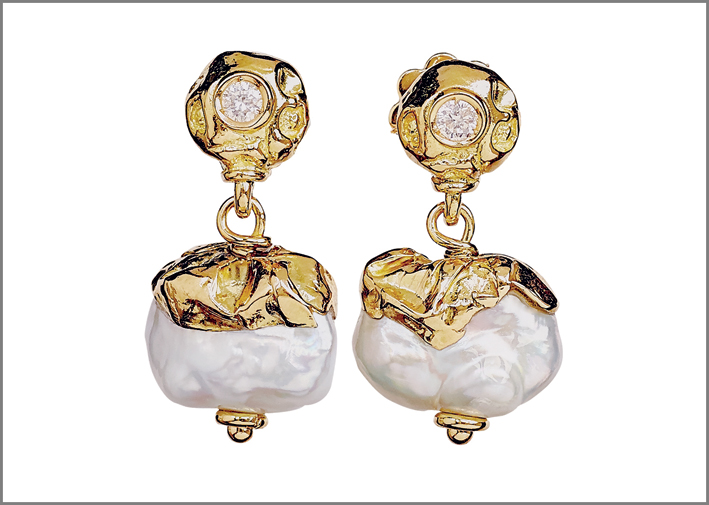
Keshi are defined as small and non-nucleated pearls, that is, that do not form around a nucleus, like the largest and most well-known pearls. In fact, they were considered as by-products of pearl cultivation. The word keshi is Japanese and also means clove: it was used for all cultured pearls without a nucleus. But originally keshi pearls were considered a waste. Yet it is not easy to grow keshi pearls: 10% of oysters die after transplanting, 10% within three years and only a third rejects the nucleus and mother-of-pearl, which allows them to obtain a keshi pearl. Of these, only 1% is perfect.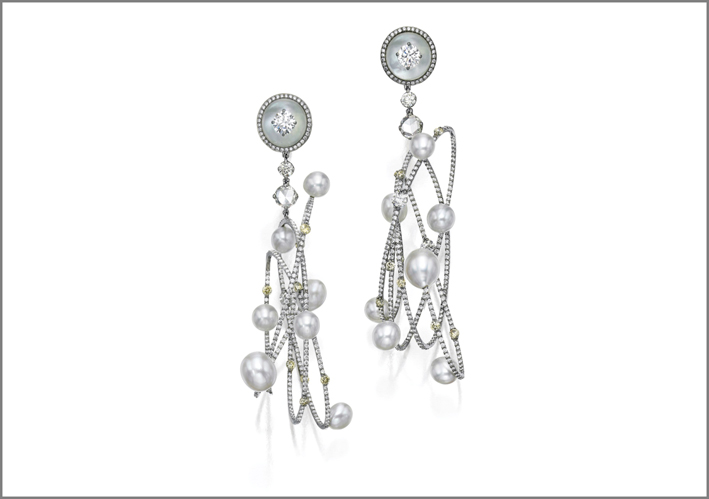
The production of pearly oysters is widespread: for this reason, Tahitian, freshwater, French Polynesia, Akoya, Chinese and Australian pearls are found. But be careful, keshi pearls are not all the same. Next to those without a nucleus, nowadays sometimes even freshwater pearls are called keshi, even if experts in the sector disagree.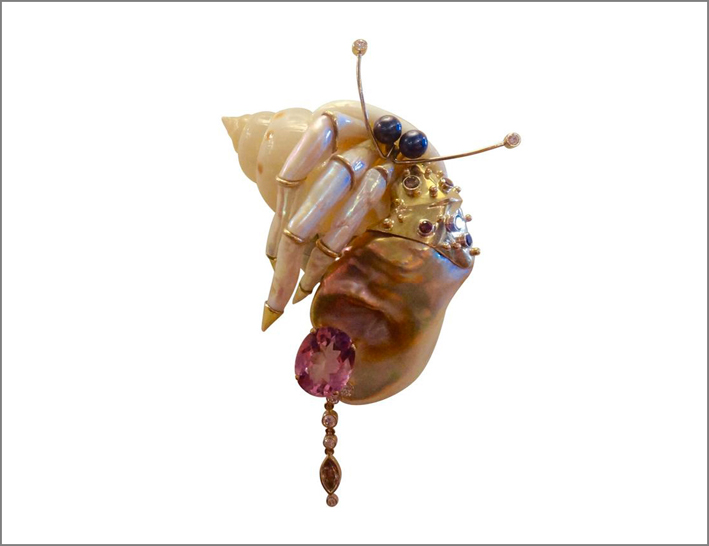
One of the differences with the other pearls is that the keshi are made entirely of mother-of-pearl. But, if they have no nucleus, how does a keshi pearl form? Like other varieties, keshi pearls can be created naturally or following human intervention. In nature the process of formation happens by chance: a keshi is the product of an oyster that has rejected the nucleus, for example a grain of sand that has entered the shell. The fact of not having the nucleus implies that keshi pearls usually have an irregular shape. They are classified, therefore, as baroque pearls.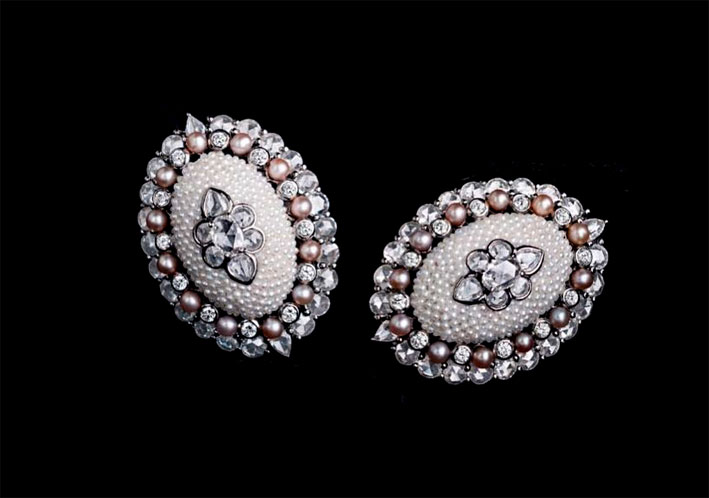
The characteristics of keshi pearls
This variety of pearls can have many colors, weights, sizes, qualities and shapes. Natural ones are very rare (and expensive): they can be formed both in fresh water and at sea. The first aspect that is noticed, however, is the dimension: the keshi pearls are much smaller than the big sisters and this because they do not contain a nucleus. And it is also the reason that often causes an irregular shape. Their shape is often bizarre due to the absence of a support on which mother-of-pearl forms naturally.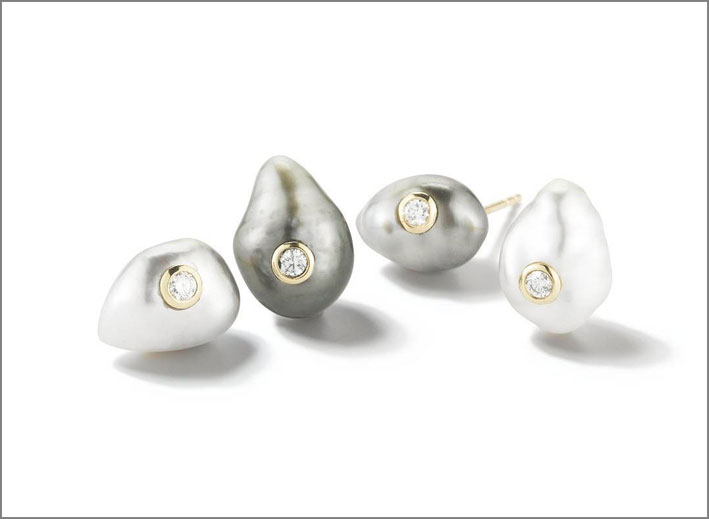
How much do they cost
Generally keshi pearls cost much less than round and larger pearls with nucleus. But if they have particular shapes or dimensions, and if they are natural, their price increases.

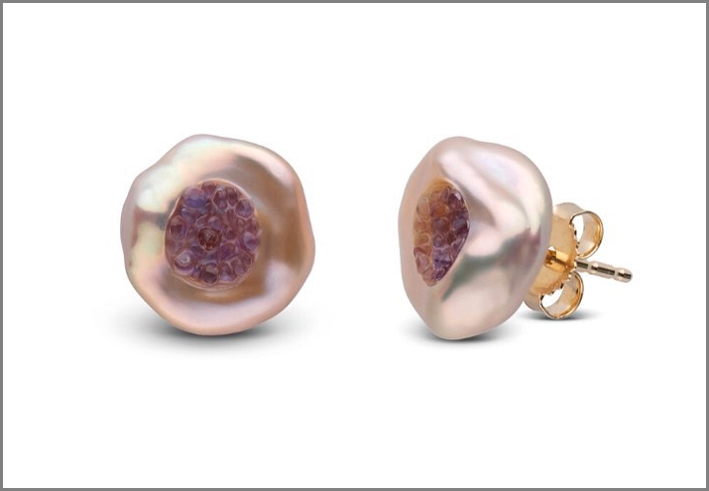
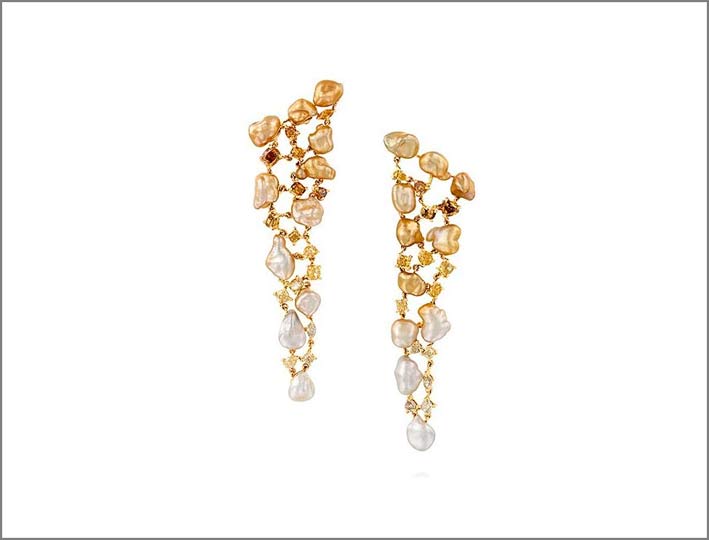



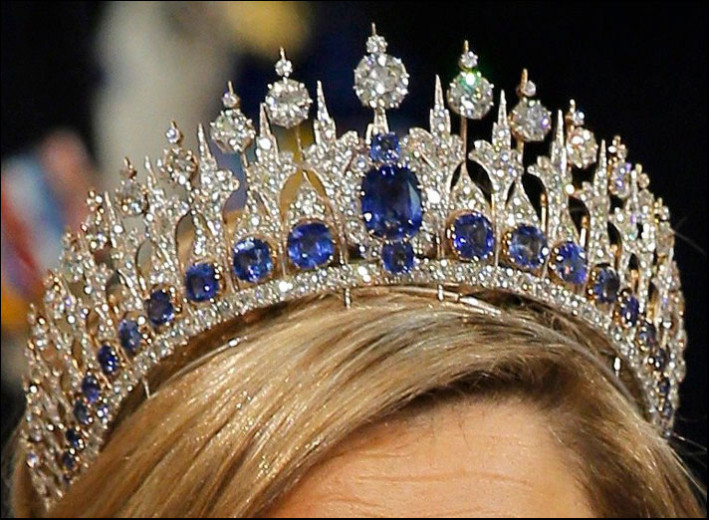


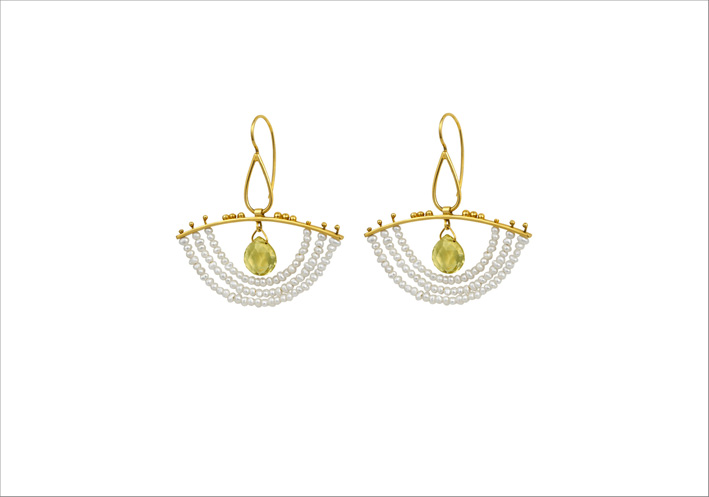
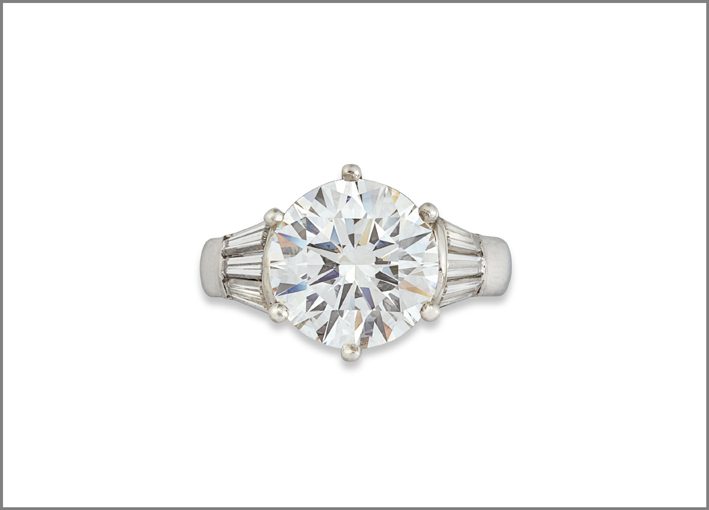
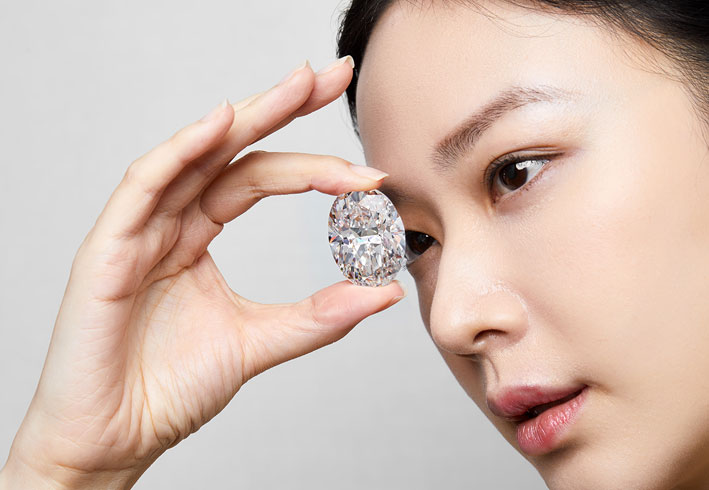


Hola me intetesan algunos aros de perlas keshi y si los venden al por mayor y en que pais estan ?
Hola Cecilia, las perlas keshi se encuentran en todo el mundo, obviamente, por comerciantes especializados en perlas.
Me gustaria quien vende en Chile ; tienes alguna idea ?
Lo siento Cecilia, escribimos desde Italia … Pero amamos mucho a Chile. Tienes que pedir una tienda especializada en perlas.